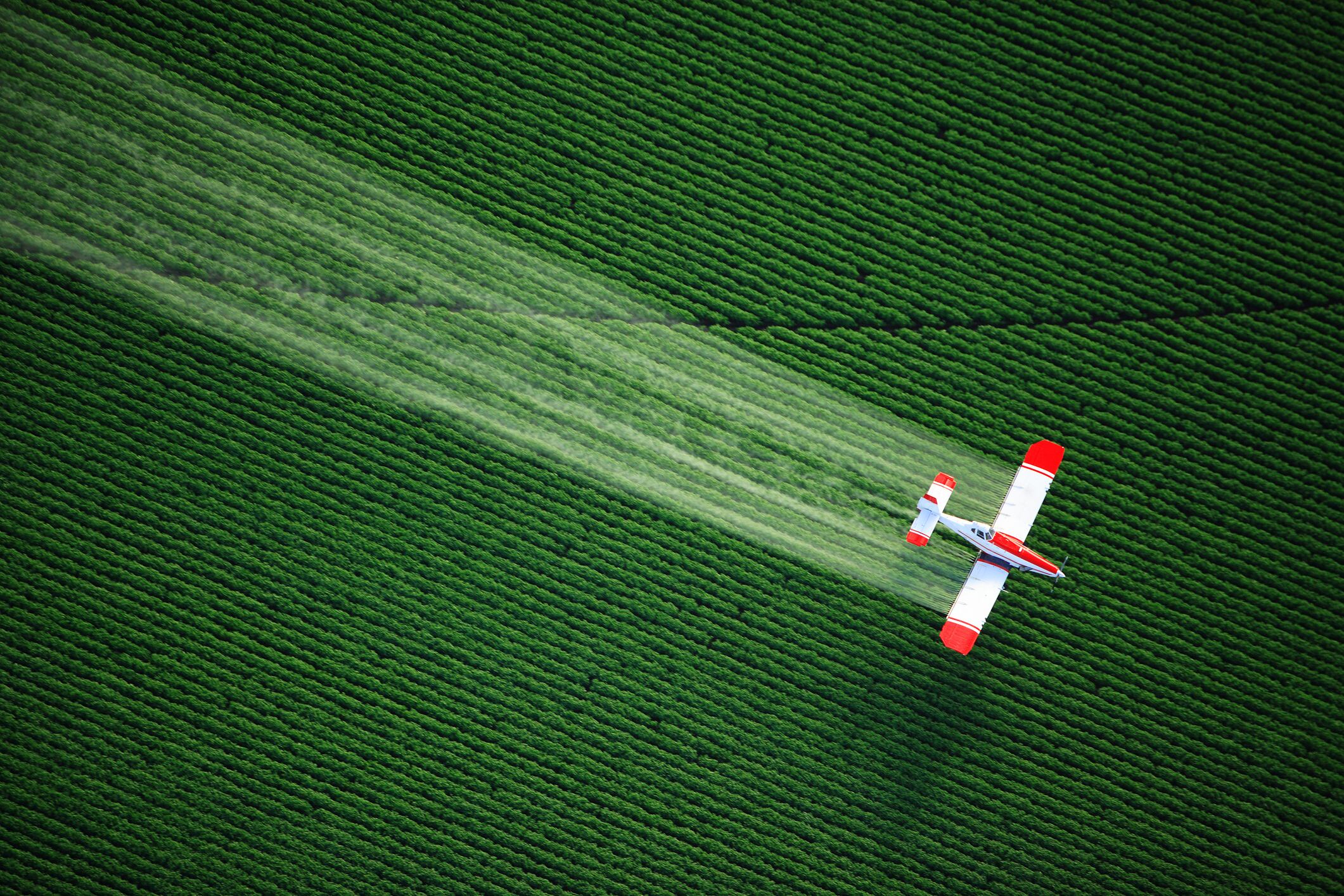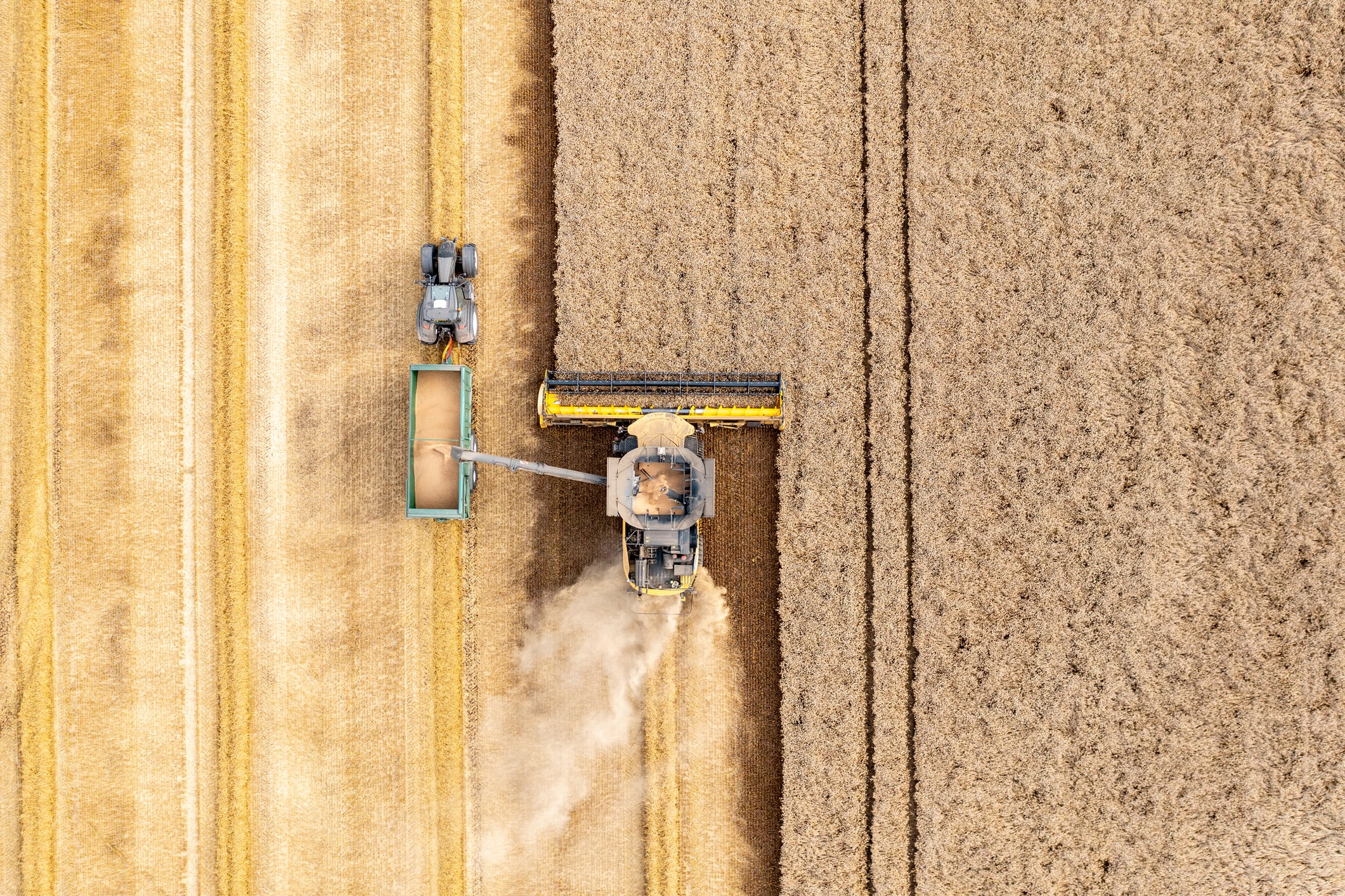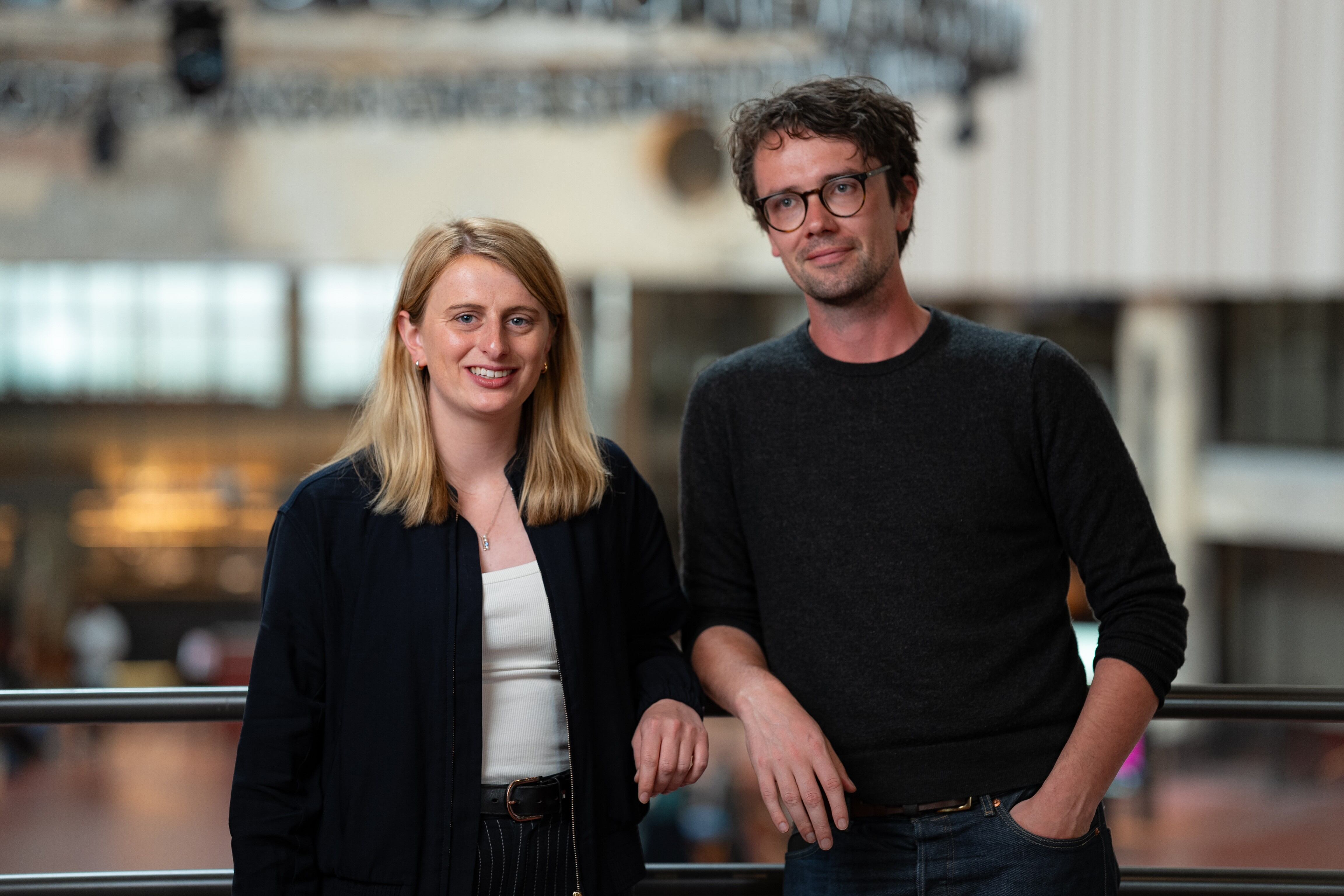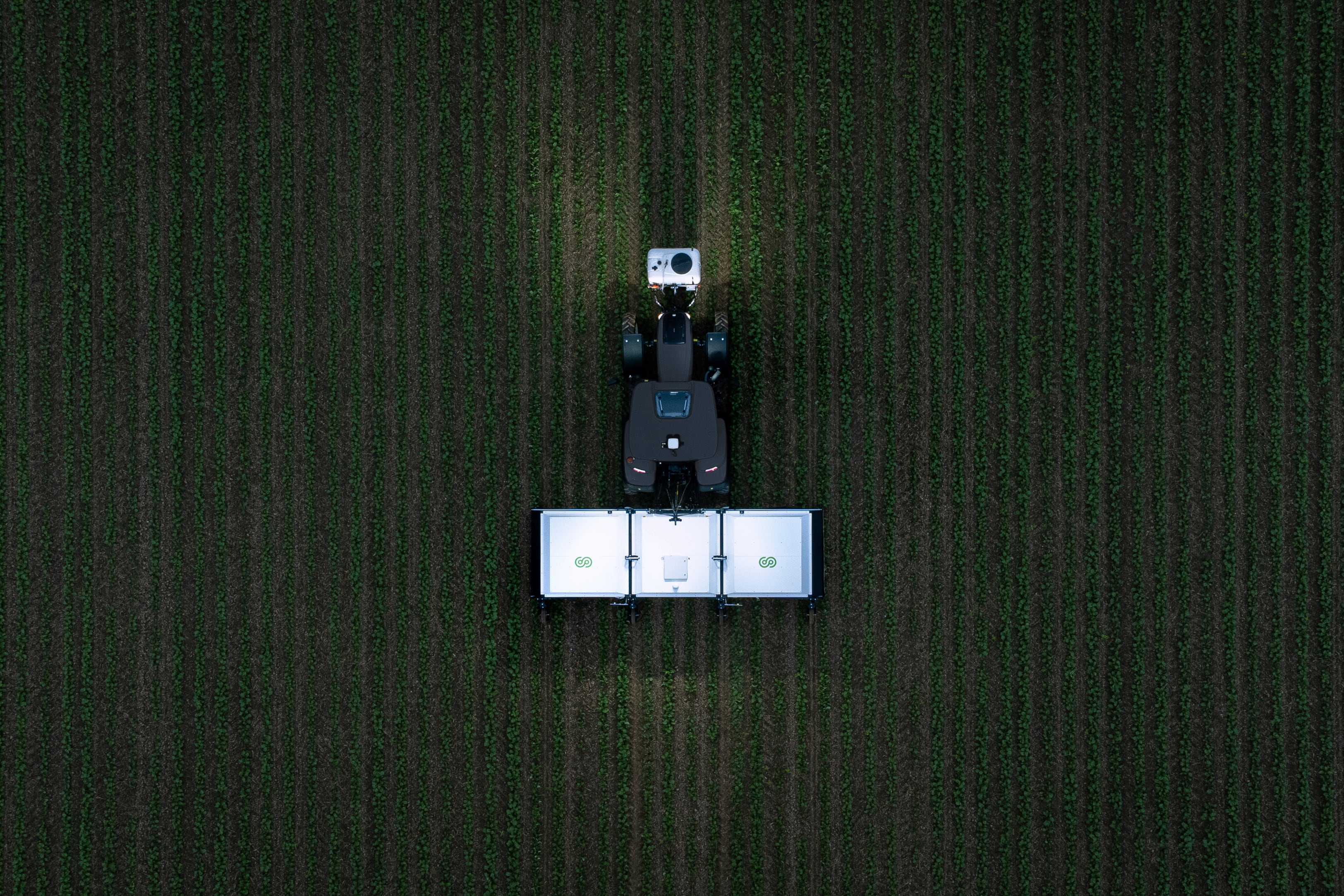Biopesticides, such as microbial agents starting from Bacillus thuringiensis, have been in use for about 70 years but are now experiencing rapid growth thanks to improved efficacy, science-based development, and increasing restrictions on chemical pesticides.
A new study from sector stalwart Pamela Marrone, Biopesticides and IPM: A Pathway to Sustainable Crop Protection, published in Frontiers in Insect Science, summarizes the expanding role of biopesticides within integrated pest management (IPM) programmes as a sustainable alternative to synthetic chemical pesticides.
Marrone – executive chair and co-founder of Invasive Species Corporation – is a serial entrepreneur in agriculture biotechnology and an influential voice in the sector.
Gaining ground
The growth of biopesticides is projected to continue to outpace chemical pesticides, her study says, with annual growth rates of 10%-20% versus single digits for chemicals. Biopesticides integrated into IPM programmes can lead to higher crop yields and better product quality compared to chemical-only programmes, it concludes.
Additional benefits of biopesticides include reducing or eliminating chemical residues (helpful for exports), delaying pest resistance development to chemicals, shorter field re-entry times, biodegradability, lower carbon footprints and greenhouse gas emissions, and lower risk to non-target organisms including pollinators.
“Bioherbicides that approach effectiveness of chemicals, can break weed resistance in mixtures with chemicals and are cost effective,” Marrone tells AgTechNavigator.
Challenges for wider adoption, however, include lack of awareness, education on how to effectively deploy biopesticides with their unique modes of action in integrated programmes, and lingering perceptions around performance and cost-effectiveness.
Brazil: A blueprint for biological adoption
Brazil is highlighted in the study as a success story. It has become the first market where biopesticides have been widely adopted in row crops including corn, soybean, sugarcane and cotton.
Marrone puts this down to a rapid regulatory process, averaging 13 months, government support that provides economic incentives, basic research, grower education, and an improved regulatory process to facilitate biological adoption. Today, Latin America is the fastest-growing biologicals market in the world, led by Brazil.
She adds that consultants and public researchers in Brazil are training farmers in how to use biologicals based on their modes of action in integrated programmes. “Nothing is stand alone. The innovation ecosystem is providing farmers cost effective solutions that work well in integrated programmes and help with pests and diseases that are resistant to chemical pesticides.”
Larger numbers of younger growers also help. Brazil’s farmers are “on average 10 years younger than US farmers and as such are faster adopters of new technologies”, Marrone says.
She points to the EU as a promising market for future growth. “Once you get through EU registration, products take off because so many chemicals have been removed from the market.”
Her study predicts biologicals could match chemical pesticide market size by 2040. But she warns lower regulatory approval in US and Europe threaten that trajectory. Another risk is of “too many companies offering undifferentiated, me-too products” and “commoditization of the market”.
Innovation ecosystem: AI, RNAi, and GE microbes
A headwind to the sector is the use of AI and machine learning to improve microbial selection and formulation. This shift is “highly transformative”, Marrone says, offering “faster, better, and cheaper than ever” screening compared to traditional methods.
“At ISC we have shown using AI-guided discovery is 30 times more efficient than my previous company Marrone Bio where we did not have these tools at discovering microbes.”
Machine learning is “revolutionizing how we improve the processes more quickly” for the development of better fermentation processes, she notes.
RNAi-based products and genetically engineered microorganisms are also set to play greater role the future of biocontrol. “RNAi products will be a major new category as the cost of production of dsRNA and formulation and delivery stability are solved,” she predicts. “GE microbes are being developed by companies like Robigo and Quorum Bio. There will be regulatory hurdles and longer approval times, but in the US there is a pathway for these in the Emerging Technologies Branch. Europe will not do GE microbes. I assume Brazil will follow the US.”
Challenges to scale: Education, IPM integration, and market differentiation
But with challenges remaining for wider adoption, Marrone suggests that increasing confidence among farmers and key influencers can be achieved by adjusting IPM thresholds and practices to account for biopesticide modes of action, alongside ongoing education and outreach efforts.
Education efforts should include moving from small plot, stand-alone testing of biologicals to more on-farm, larger demos integrating biologicals into pest management and crop production programmes. “Academic institutions,” Marrone explains, “need to develop people who are systems integrators – those who integrate all available tools and practices into a holistic, ecologically based programme”.
California, for example, has committed to a new education curriculum for Pest Control Advisors that includes sustainable pest management and related practices such as soil health and beneficial organisms.
On farm demos, she adds, are “the most effective way to show farmers that the products work integrated into their programmes compared to their existing chemical-only programmes.”
Farmers also learn first from other farmers. “This is how knowledge of biopesticides can be increased when institutions organize venues to transfer this info farmer to farmer.”
If she could redesign the global IPM framework from scratch, what would it look like in a biopesticide-first world? “Flip the model,” she suggests. “Biologicals should be the base of pest management and crop production programmes, only using chemicals when absolutely needed. There are some places where this is happening such as pheromone use for Lepidoptera in pome and nut crops in western US and some parts of Europe. Regenerative farming can help drive this change.”
Staying driven
Marrone has founded multiple biopesticide companies. What keeps her motivated in this space, and how has her perspective evolved over the decades?
“There are still big problems to solve like invasive species management and weed control with bioherbicides,” she responds. “There are few companies working on these problems and our leadership at ISC have special, particular experience.
“With new tools like AI, machine learning and Omics we can do things so much faster cheaper and better than we have done in the past. It’s so exciting. I also love to train and mentor younger scientists and founders. When I go to an industry meeting, I see so many people I’ve trained in biopesticides and now they are leaders in the industry. It warms my heart.”





